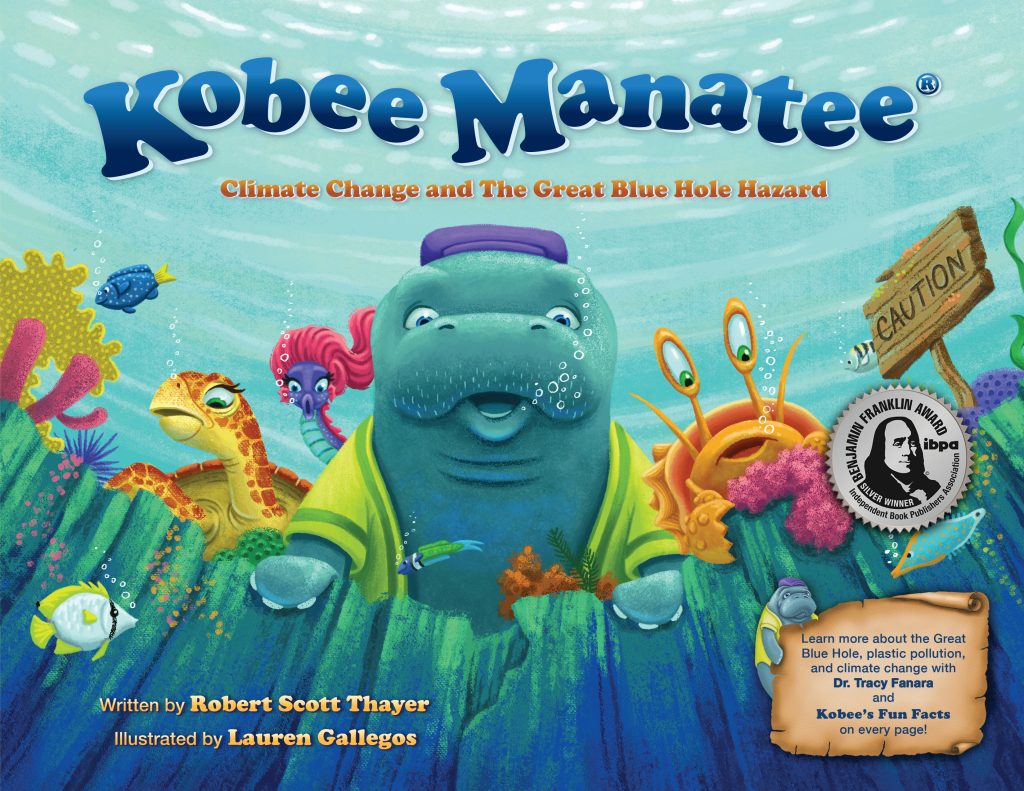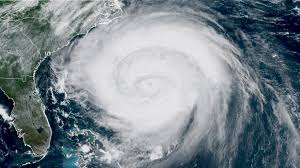Hurricane Erin Explodes in Intensity 
Greetings to you! Hurricane Erin, the first named storm of the Atlantic Hurricane Season exploded in intensity as it barreled close to the Eastern United States. On August 15th it went from a Category 1 then exploded to a Category 5! As a result, it became “one of the top five most quickly intensifying hurricanes on record.”
Scientists explain, “As the planet warms, rapidly intensifying hurricanes are becoming ever more likely.” Jim Kossin, NOAA hurricane specialist and climate scientist said, “It’s a very easy set of dots to connect. These rapid intensification events are linked pretty directly to that human fingerprint.”
According to the National Hurricane Center, “Rapid intensification is an increase in a storm’s sustained wind speeds of at least 35 miles per hour in a 24-hour period.” Between August 15th and August 16th, Hurricane Erin’s wind speeds increased by nearly 85 miles per hour, peaking at 161 mph!
Daniel Gilford, a climate scientist at Climate Central explains, “Hurricanes [are like] the engine of a car. They need some fuel source in order to spin, and the fuel source is the ocean surface. So as the temperature of the ocean surface goes up, that adds more fuel that these storms can use to intensity.”
Scientists reported that, “For over a century, greenhouse gases emitted by human activity have trapped heat inside the planet’s atmosphere. A recent streak of record-breaking temperatures crowned 2024 as the hottest year on record.”
Meteorologists explain, “As a storm moves across warm oceans, it gathers more fuel and becomes stronger. Because warmer air can hold more moisture, hurricanes in hotter conditions can also carry more rain.”
According to Climate Central’s analysis of Hurricane Erin, “Human-caused climate change made the warm water temperature around where Erin formed 90 percent more likely.”
Climate Central uses a statistical model developed by NOAA, and they also found that “the extra heat could drive 50 percent greater damage, like tidal erosion and flooding, to coastal areas.”
Here’s an Excellent Way to Talk to Kids with “Soft Facts” about Climate Change and Pollution …
One awesome tool for talking to kids about climate change and pollution is to read my fourth installment in the award-winning Kobee Manatee® Children’s Educational Picture Book series. It’s titled, Kobee Manatee® Climate Change and The Great Blue Hole Hazard. It contains “soft facts” about climate change and plastic pollution in our oceans.

When you read this award-winning educational picture book to children, it’s a fun and fictional adventure loaded with weaved in “soft facts” on climate change and plastic pollution. This quickly helps children learn about this serious subject in a fun and entertaining way. Here’s a brief synopsis …
Kobee Manatee, the protagonist and his seafaring pals, Tess the seahorse and Pablo the hermit crab swim from the Cayman Islands to Belize. Kobee wants to help his cousin Quinn clean up plastic litter at her new, all-veggie underwater bistro called Quinn’s Seagrass Café.
On their Caribbean journey they encounter harmful effects of climate change and plastic pollution. As if that wasn’t enough, several other unforeseen problems occur with a distressed loggerhead turtle, a giant Portuguese man-of-war, and a venomous scorpionfish. They’re all amazed when they discover the extraordinary Great Blue Hole. Then their adventure takes another crazy turn when Pablo plunges into its huge abyss!
Each page includes in-depth, scientific details on climate change and plastic pollution in our oceans with Dr. Tracy Fanara, NOAA Research Scientist (aka Inspector Planet). Tracy can be seen on The Weather Channel as a visiting expert and she’s also seen on their “Weird Earth” segments.
We have Fantastic Reviews on this New Release!
“I read the book to my 6-year-old this morning while he was having his breakfast before school and he loved it! We talked about the characters, what it meant for the pollution to be in the oceans for all the sea creatures, and how fun the story was. Thank you so much for writing such a great story for kids that is not only entertaining, but has a message!” – Jessica Vilchis, Co-Host KNBC California Live
“A well-crafted, thoughtful, and well-illustrated addition to a noteworthy educational book series.” —Kirkus Reviews
“Robert Scott Thayer presents an important environmental message in an engaging story with wonderful characters. Anyone who loves the ocean and wants to help save it should read Kobee Manatee: Climate Change and The Great Blue Hole Hazard. I’m looking forward to the next Kobee Manatee adventure.” —Readers’ Favorite
For young readers who enjoy imaginative tales surrounding affable and heroic sea creatures, as well as parents and/or teachers looking for a way to introduce youngsters to the importance of marine conservation, Kobee Manatee® Climate Change and The Great Blue Hole Hazard offers a perfect blend. Highly recommended! – Chanticleer Book Reviews
Keep watching for more of my updates on climate change!
If you see any sick or injured manatees, please call the Florida Fish and Wildlife Conservation Commission at: 1-888-404-3922 (FWCC). They are the folks who are responsible for rescuing us in Florida.
Here’s the Save the Manatee Club link to learn more about us manatees …
Here’s a cool link for you to learn more about how we’re rescued and brought into rehabilitation …
~ Robert Scott Thayer
Did “Climate Change” Cause Back-to-Back Major Hurricanes Harvey and Irma?
Dr. Tracy Fanara aka Inspector Planet Uncovers Extraordinary Science Nuggets!
